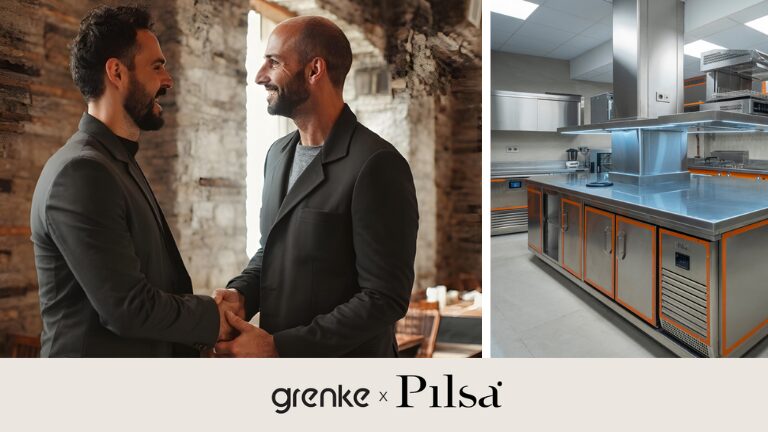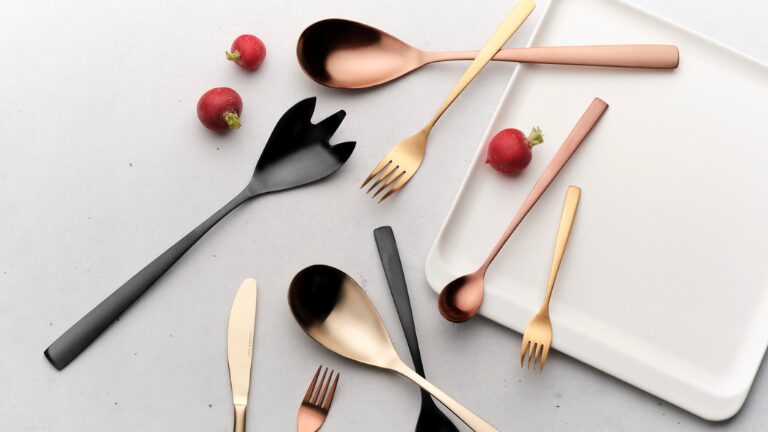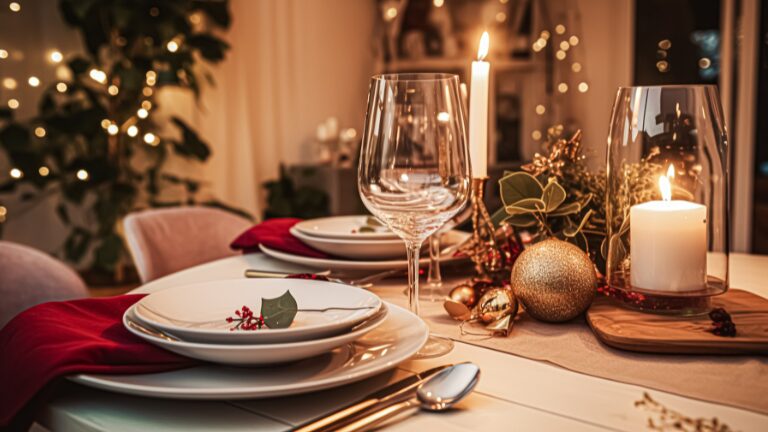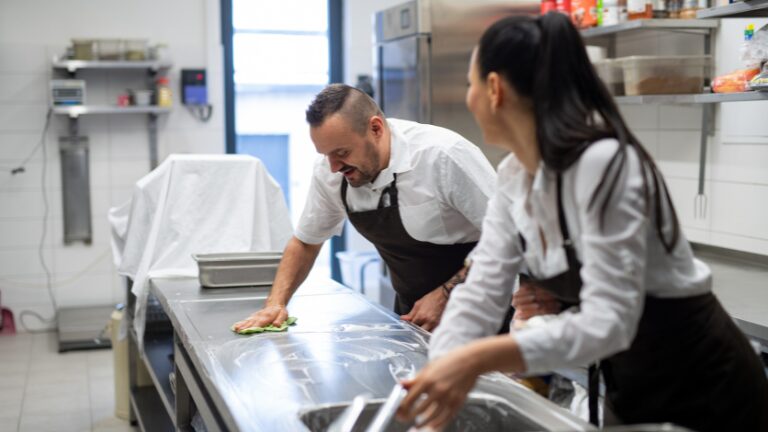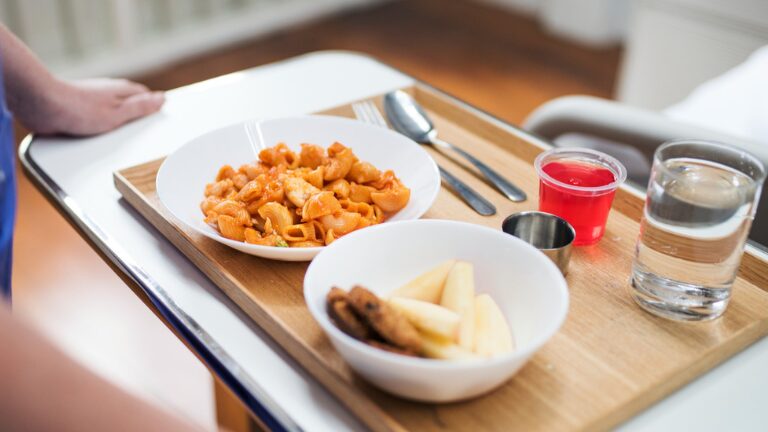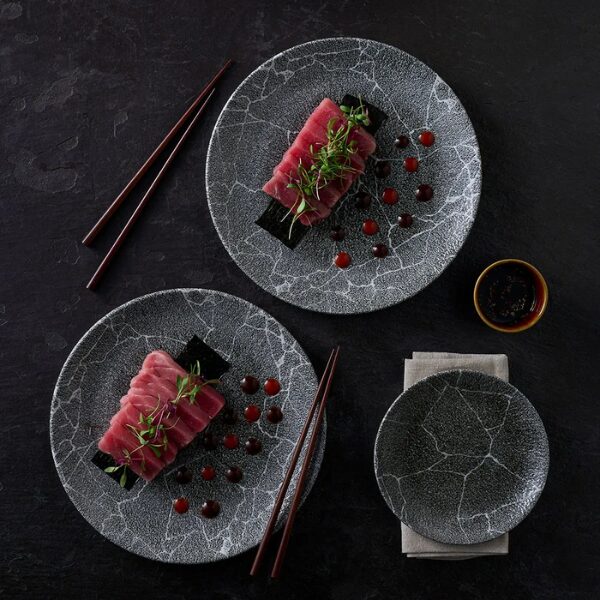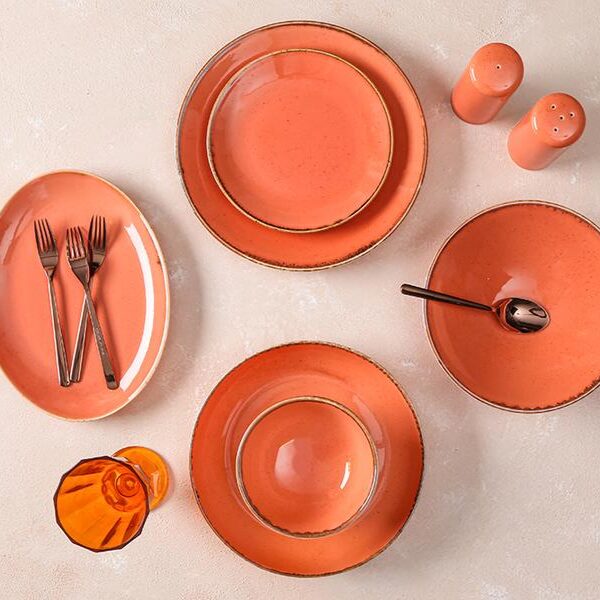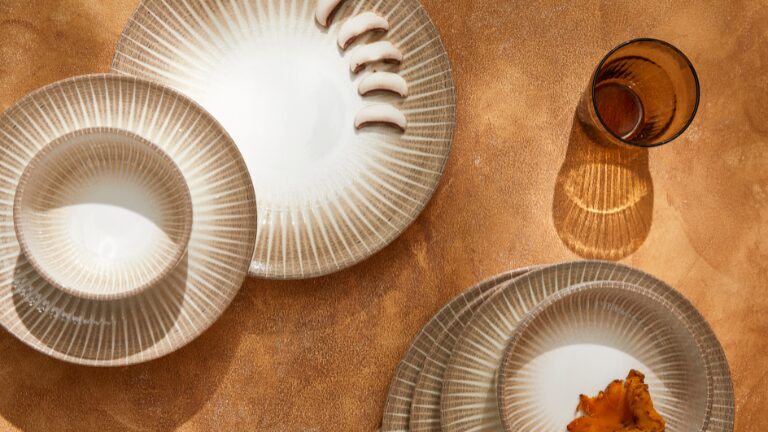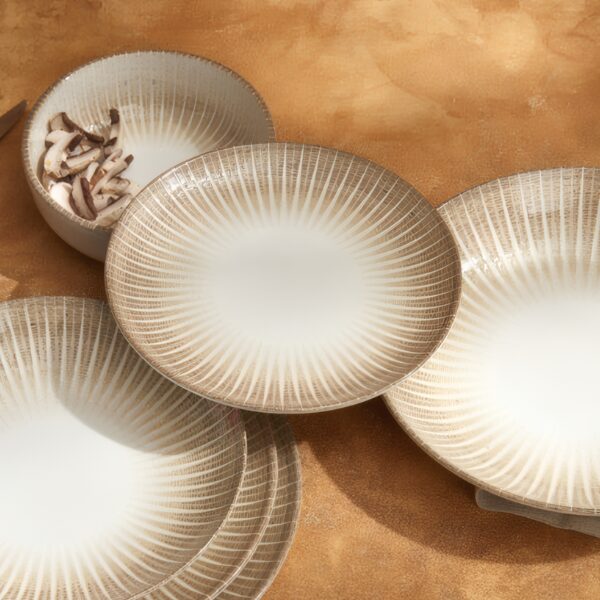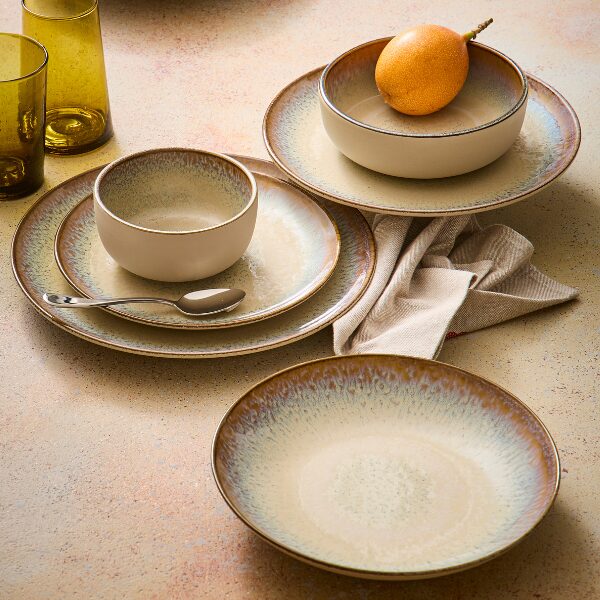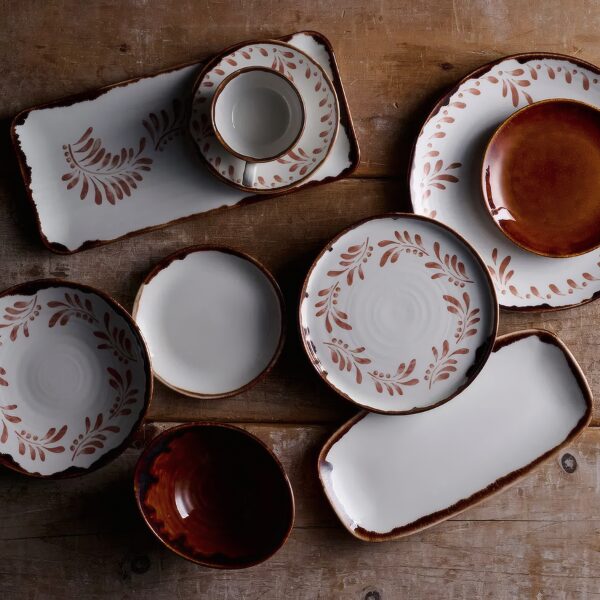Meal delivery in nursing homes and hospitals is an essential element of mass catering. It is not just a matter of delivering prepared meals: it is a real care service, focused on the well-being and health of residents and patients.
In medical and social establishments, the quality of the food, its temperature, presentation and ease of distribution play a determining role in daily satisfaction.
At pilsa.com we support professionals in the catering industry by offering reliable and ergonomic equipment adapted to the constraints of meal delivery and distribution in the medical and social sector.
The importance of meals in the daily life of residents
Whether in nursing homes or in hospitals, meals are not just a time to eat: they are a key moment of the day, a time of conviviality and social connection. For dependent elderly people, catering plays a key role in maintaining their appetite, combating malnutrition and preserving their autonomy.
Meals are often the central moment of the day in nursing homes: they structure time, encourage interaction and directly influence quality of life.
A well-presented dish, served at the right temperature and in impeccable hygienic conditions, contributes directly to the satisfaction and comfort of the residents.
Specific requirements for the delivery of meals in a medical environment
Meal service covers the entire process, from preparation in the kitchen to delivery of the tray to the patient or resident. It meets strict requirements:
✔︎ Maintain the temperature of hot and cold dishes.
✔︎ Compliance with hygiene and traceability standards (HACCP).
✔︎ Safety of staff and residents.
✔︎ Smooth and fast service.
In this context, the choice of equipment (trolleys, trays, lids, thermal systems or isothermal accessories) plays a central role in the quality of the service provided.
Essential equipment for efficient meal delivery
The food distribution cart
Central element of the transport, the trolley ensures the distribution of meals in aisles, floors or rooms. It must combine robustness, maneuverability and temperature maintenance; optimizing each stage of service:
✔︎ Insulated trolleys to keep meals hot and cold.
✔︎ Thermo-controlled trolleys that allow meals to be heated just before distribution.
✔︎ Multi-tray trolleys for simultaneous service of several patients.
✔︎ Stainless steel trolleys for perfect hygiene and maximum durability.
This professional equipment guarantees controlled temperature, time savings for the personnel and better perceived quality for the final beneficiary.
Food trays and accessories
The meal tray is the direct interface between the service and the resident. It must be ergonomic, stable and easy to handle even with transport limitations:
✔︎ Compartmentalized trays to differentiate the different dishes.
✔︎ Models compatible with rethermalization systems.
✔︎ Non-slip trays to reduce accidents.
✔︎ Matching lids, bowls and cups for even distribution.
This equipment allows for smooth and safe distribution, while enhancing the presentation of meals.
Re-thermalization: guaranteeing the ideal temperature
Re-thermalization is an essential technology in hospital catering. It allows food to be kept at the right temperature for reliable service.
This process ensures:
✔︎ The preservation of flavors and textures.
✔︎ A homogeneous distribution without loss of quality.
Pilsa offers a selection of tableware designed for thermal maintenance in order to provide accurate and reliable service.
Best practices for optimal service
For an efficient service, each establishment must rely on a rigorous organization and adapted equipment. Here are some fundamental best practices:
✔︎ Plan the service: prepare the trolleys according to the number of meals and specific diets.
✔︎ Monitor temperature before, during and after service to ensure HACCP compliance.
✔︎ Ensure traceability: labels and tracking sheets are indispensable for efficient quality control.
✔︎ Train personnel in the use of equipment, hygiene and handling.
✔︎ Regularly clean and disinfect trolleys, trays and utensils.
A professional and controlled catering service with Pilsa
In health and social care facilities, food service is not just a logistical operation: it is a key moment in the day of residents and patients. A well-presented dish, served at the right temperature and in strict hygienic conditions, contributes directly to their comfort, health and enjoyment of eating.
Thanks to its professional solutions, Pilsa helps staff meet this challenge every day; offering reliable, ergonomic and durable equipment designed for the demands of food service in nursing homes and hospitals.
Do you need more information or advice? Do not hesitate and contact us.

